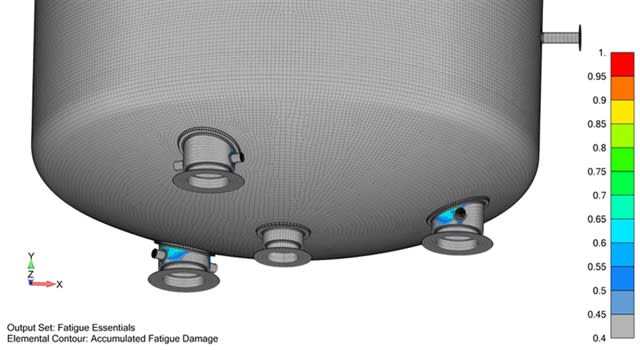Alakin
New member
- Jun 1, 2012
- 28
Hi I'm trying to do a very simple thermoelastic analysis,
there are two concentric rings of different material to whom I impose a costant nodal temperature. I put the two rings in contact but it doesn't seem to work perfectly. It looks like the contact is respected only on one half of the two rings as shown in the figure

The bdf is attached it's very little.
I'd be glad if someone could explain me what I did wrong
Thanks a lot and sorry for my english
there are two concentric rings of different material to whom I impose a costant nodal temperature. I put the two rings in contact but it doesn't seem to work perfectly. It looks like the contact is respected only on one half of the two rings as shown in the figure

The bdf is attached it's very little.
I'd be glad if someone could explain me what I did wrong
Thanks a lot and sorry for my english











